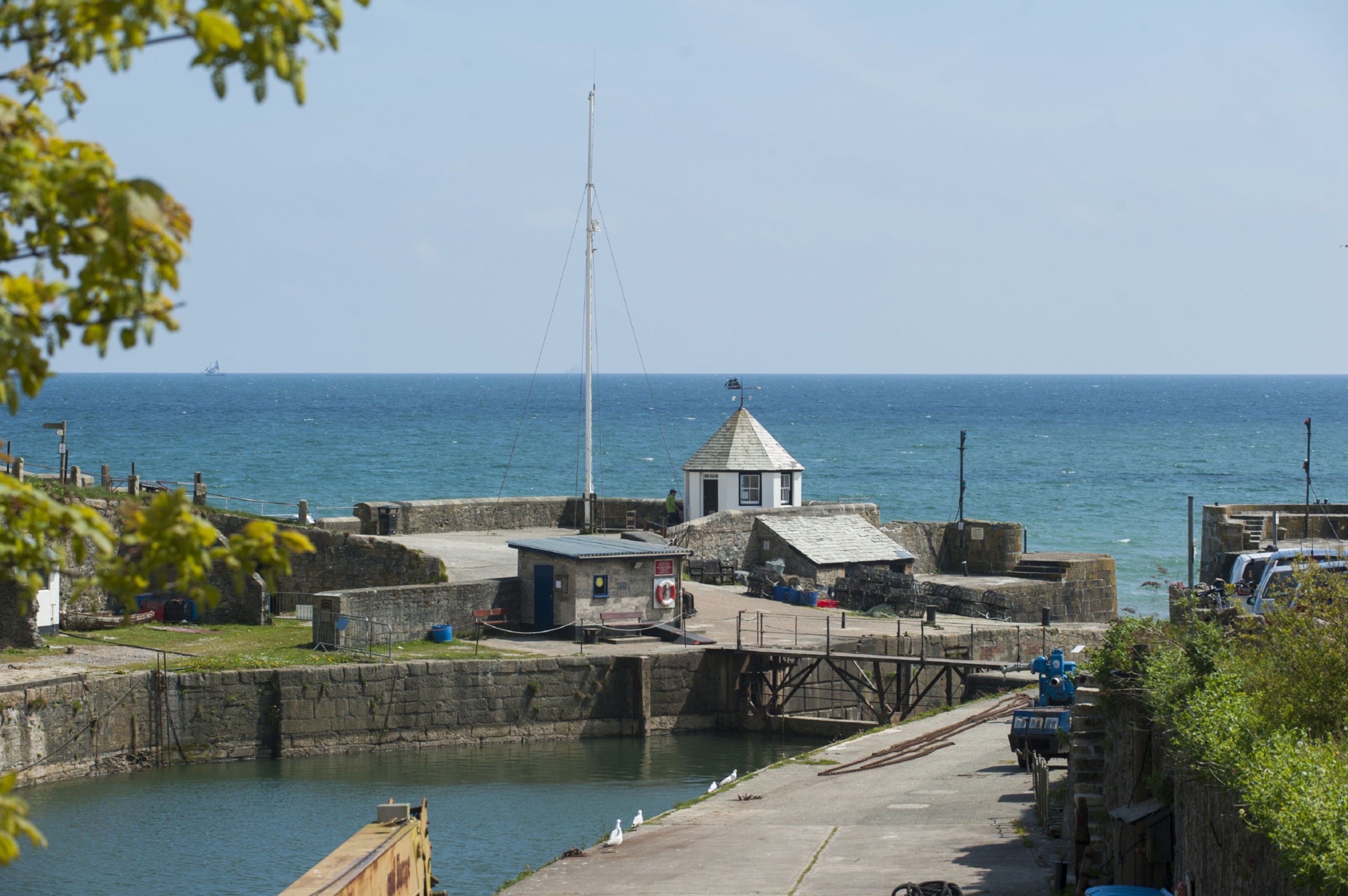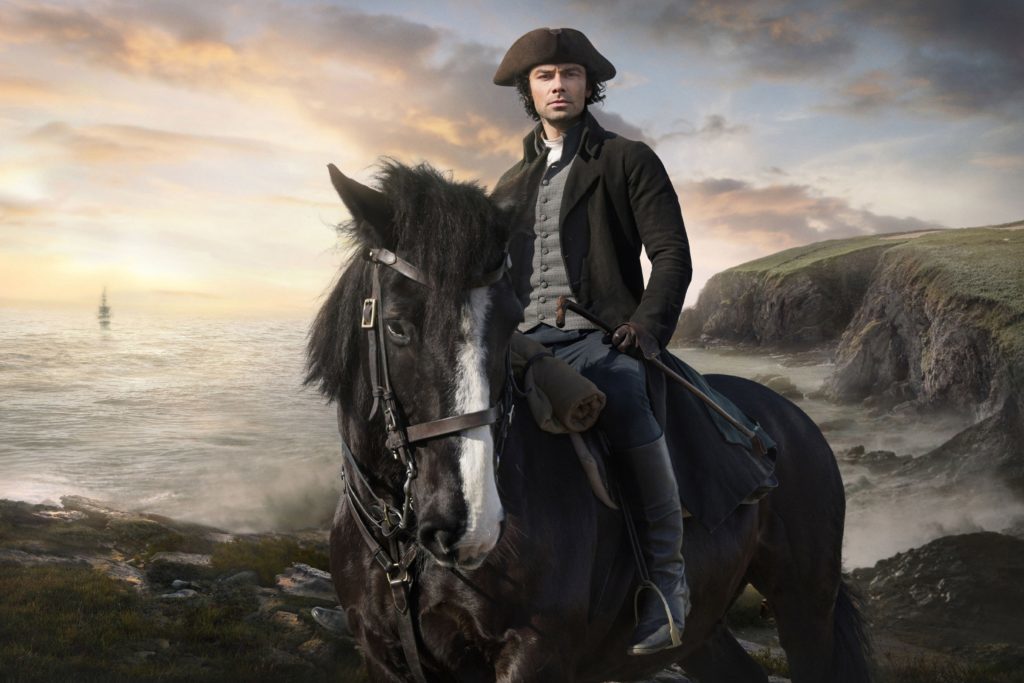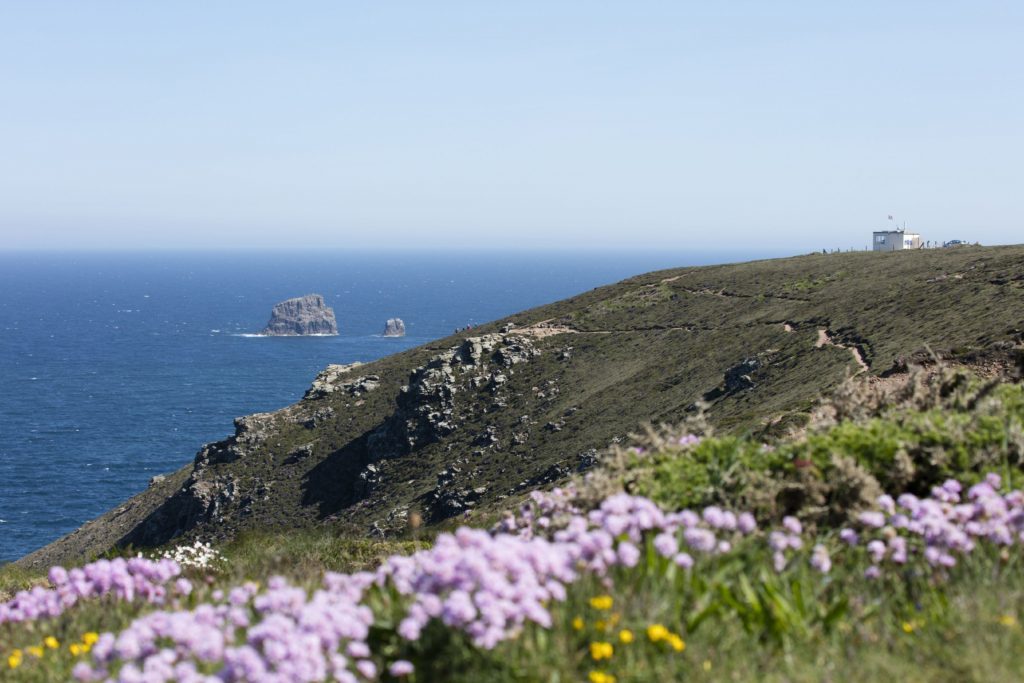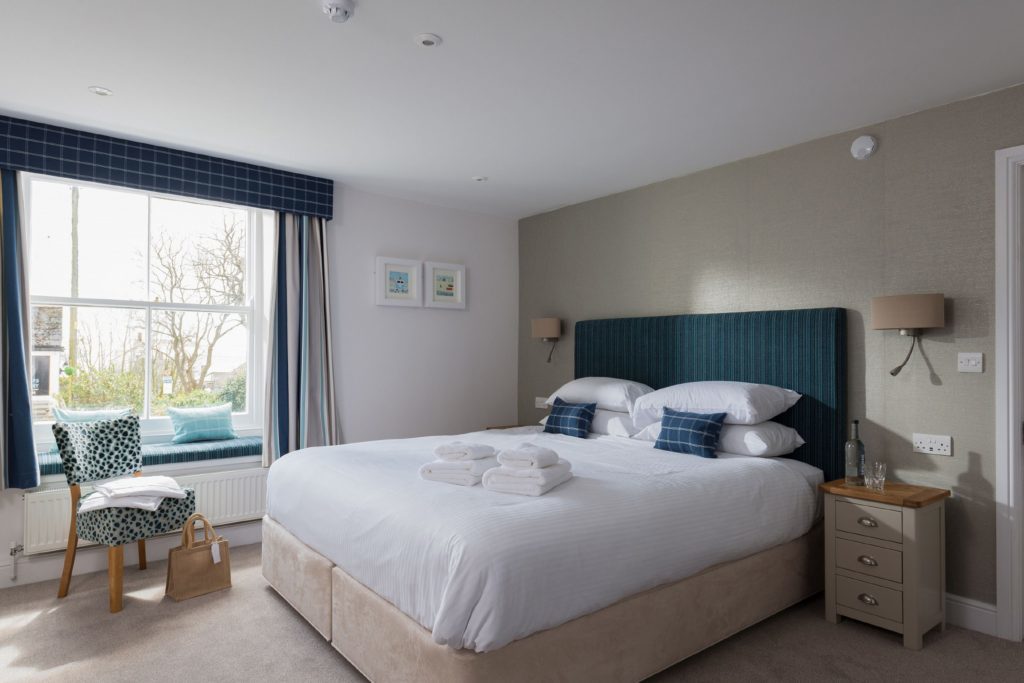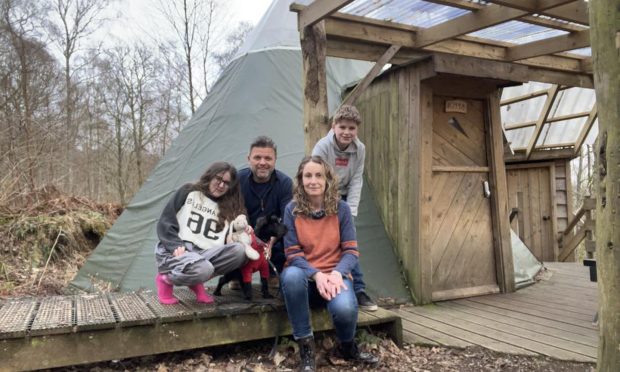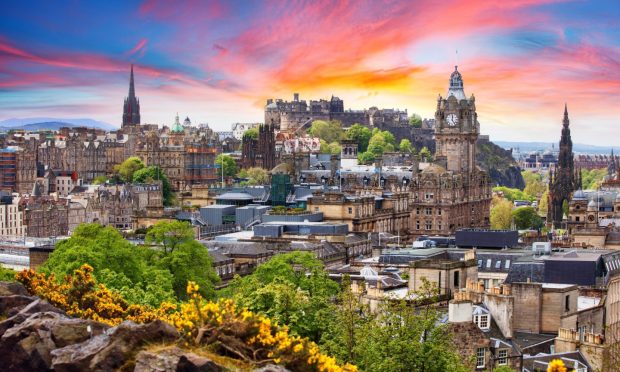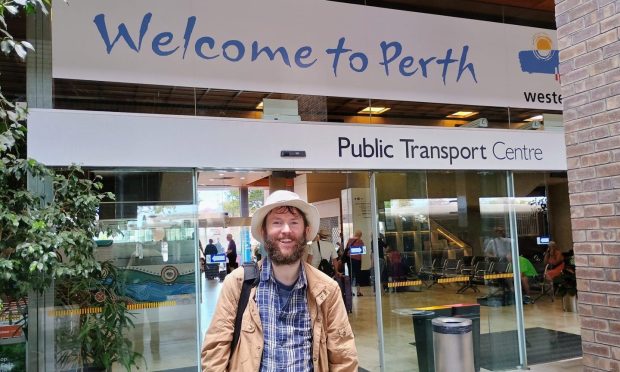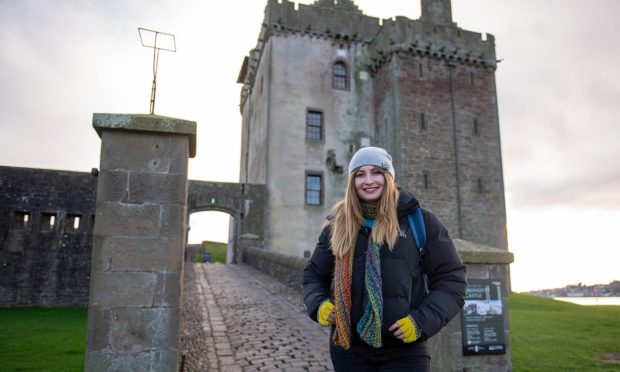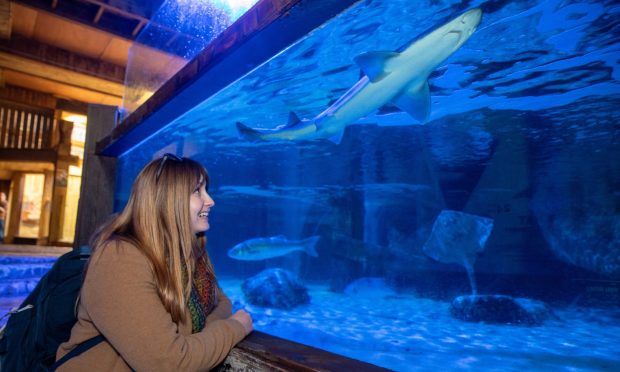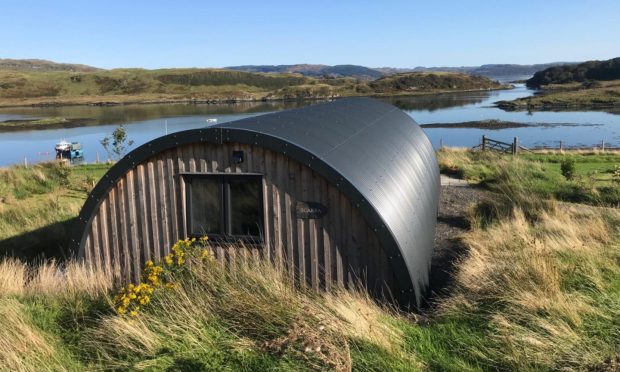To celebrate Poldark’s return to TV screens, Frances Taylor visits the Cornish filming locations providing some of the stunning backdrops to the action
Climbing a cliff-top path weaving through an endless carpet of heather, I look up to see a series of mines on the horizon.
At St Agnes Head, which doubles for Nampara Valley in popular BBC drama Poldark, the unspoilt South West Coast Path leads to disused engine houses which once formed the backbone of a thriving mining industry.
Despite Aidan Turner’s best efforts to distract us with his torso, this startling and dramatic Cornish coastline has proved to be as much of a character in the smash hit show as protagonist Ross.
The roaring ocean and wide, open skies are just as they would have been in the late 18th century, when countless tin and copper mines operated in Cornwall, and since the series took off, fans of Poldark have been flocking to witness them first-hand.
At the Levant Mine and Beam Engine in Pendeen, near Penzance, which fans of Poldark will recognise as Tressiders Rolling Mill in the show, cliffs were once alive with activity. Even though plenty of what once stood here has since succumbed to the weather and crumbled away, there is still rich evidence of the work that went on, with disused skip shafts, tramways and chimney stacks as far as you can see.
Just south of Levant you’ll find the Botallack Mine and West Wheal Owles, which double for the Grambler tin mine and Ross’ Wheal Leisure tin mine in the show.
To learn more, I visit Poldark Mine (yes, it really is called that) near Helston. I don a hard hat before descending 160ft below the surface, into the only complete underground mine open to the public in Cornwall and Devon.
My enthusiastic guide, Wayne, explains this is also where mining scenes for both the Seventies’ and the current version of Poldark were filmed.
I stand in the exact place where, in the first episode of series one, Ross tussled with his cousin Francis in the darkness and almost left him to drown.
Wayne (a man so passionate about the Poldark Mine, he got married down here) tells me they had to switch off pumps during filming to allow the mine to flood a little.
Tracing the veins of blue copper, I learn about the importance of the industry in the 1700s, and how bad conditions really were for many of the men working underground.
They’d often spend 12 hours a day, six days a week down in the dark depths, and even children as young as eight would crawl through tunnels a mere 4ft-tall and 2ft wide. Few miners lived beyond 40, due to frequent accidents and poor health from lung conditions and arsenic poisoning.
To find out what happened to the metals once they were extracted from the ground, I take a 10-minute drive to Cornwall Gold and the Tolgus Mill.
Fields are scarred from hundreds of years of mining; tracks cutting through hills would once have transported tonnes of tin and copper across the county.
Tolgus, the only working mill of its kind in the country, has recently started operating guided tours. Today, tin is smelted on-site to create a huge range of Cornish jewellery – from wedding bands to 18 carat platinum pieces and white gold. There’s even a Demelza range this season, inspired by Poldark.
After pausing for a delicious cream tea at the on-site cafe, I drive along a twisting, narrow road to tiny Porthgwarra, not far from Land’s End.
From here, I begin a five-mile walk between filming locations on the Penwith peninsula. It’s a challenging but rewarding trek that leaves me breathless from both the incline and the sweeping views of jagged rocks giving way to golden beaches. It’s no surprise the Poldark producers picked this spot for the scene where Demelza spies on Ross from the clifftop, as he takes a dip in the sea.
Another bay that will soon be instantly recognisable to Poldark fans is Holywell Bay in north Cornwall. Towering sand dunes lead into the sea and Gull Rock, which will reportedly form the backdrop to scenes in series two.
Arguably one of the most recognisable locations from the show is Charlestown. This tiny, untouched fishing hamlet with listed buildings has been used in countless films and TV shows, including Tim Burton’s Alice In Wonderland and Doctor Who.
The perfectly preserved working harbour stands in for the maritime port of Falmouth and Truro in Poldark. The manager of The Rashleigh Arms B&B inn, a stone’s throw from the waterfront, explains they’ve already seen bookings drastically increase following the show’s success. Several of the town’s souvenir shops even have mugs for sale emblazoned with Aidan Turner’s face.
Many pubs were run by those who owned mines, and pubs often doubled up as the counting house for measuring finds and paying miners. So it seems fitting to pay a visit to St Austell Brewery and take a tour of one of the oldest businesses in Cornwall, to discover just what goes into creating craft beers.
I marvel at machinery old and new, and learn about endless varieties of malts used in the fermentation process. Somehow, 9am doesn’t seem too early to sample St Austell’s finest beers and raise a toast to Cornwall – and the return of Poldark.
TRAVEL FACTS
:: Frances Taylor was a guest of The Rashleigh Arms (www.rashleigharms.co.uk; 01726 73635), a four-star inn in the heart of Charlestown, and part of St Austell Brewery’s estate of South West pubs, inns and hotels. Rooms start from £70 per night (based on two sharing) with breakfast.
:: For more information on the area, visit www.visitcornwall.com
